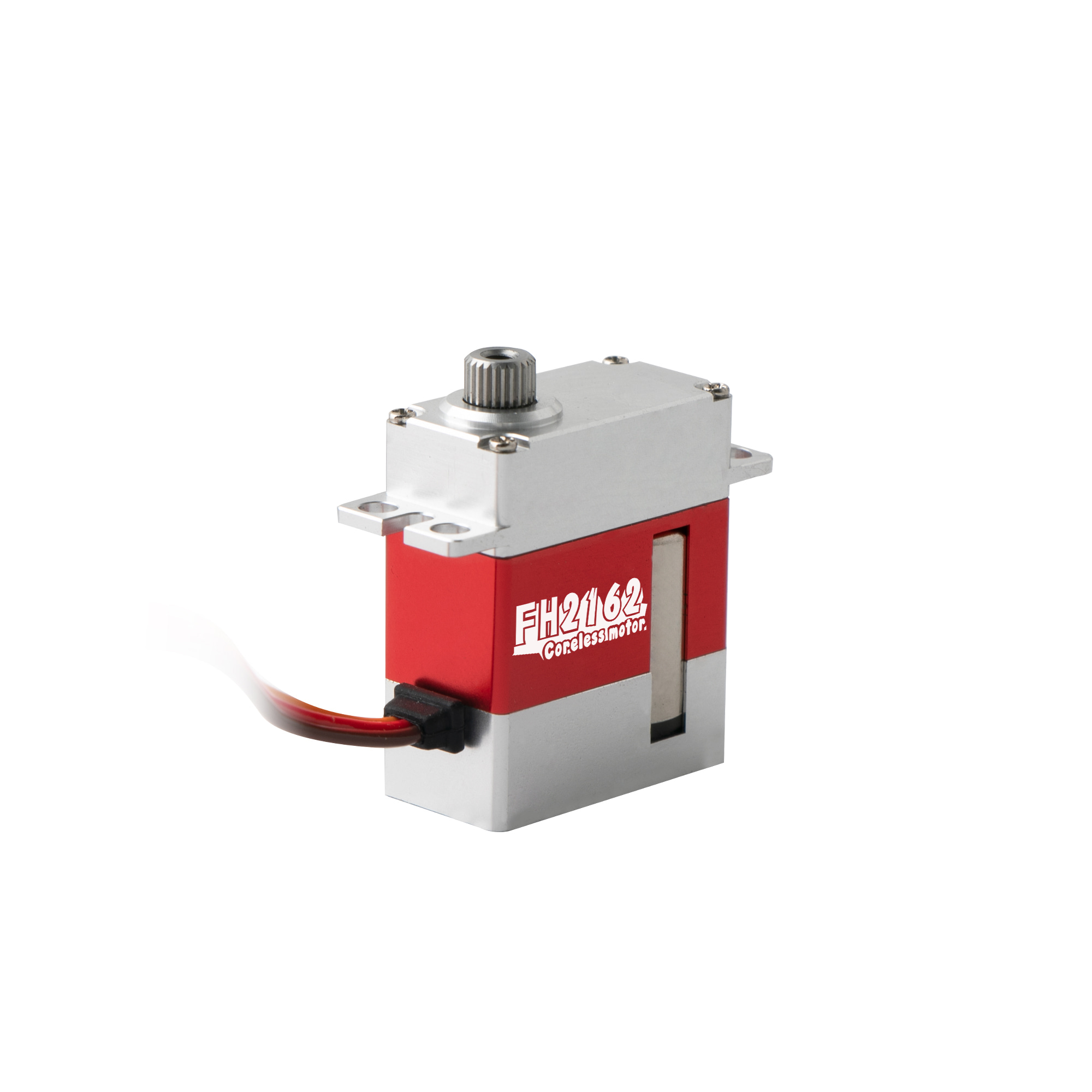Micro Servos: Compact Precision for Robotics, Automation, and Hobbyist Projects
2025-04-24
Micro servos have become an essential component in the world of robotics, electronics, and various hobbyist projects due to their compact size and precise control capabilities. These small but powerful devices are widely used in applications that require movement or positioning but are limited by space constraints. Micro servos are particularly popular among model makers, drone enthusiasts, and engineers working on small-scale robotic projects.
A micro servo is a type of motor that provides precise control over rotational movement, allowing for controlled positioning within a limited range of motion. Unlike other motors that simply rotate continuously, micro servos can rotate to a specific position and hold that position until commanded otherwise. This makes them ideal for tasks like controlling the position of arms in robots, adjusting the steering of remote-controlled cars, or moving the flaps on model aircraft.
One of the key advantages of micro servos is their small size. They are typically small enough to fit into tight spaces where traditional servos or motors would not be practical. Despite their compact size, micro servos still provide a significant amount of torque relative to their dimensions, making them highly effective for a variety of applications that require precision and reliability in limited spaces.
Micro servos operate using a feedback loop system, which ensures that the motor reaches and maintains the desired position. This is achieved through the use of an internal potentiometer that detects the position of the motor shaft and communicates it back to the control system. The control system adjusts the power sent to the motor, ensuring it reaches the target position and maintains it. The feedback loop is what enables micro servos to be so precise, even in small, delicate applications.
One of the most common uses for micro servos is in hobbyist projects. For example, they are often found in remote-controlled cars, helicopters, and airplanes, where they control the steering and other movable parts. Their ability to move small components with high precision makes them ideal for these types of projects. Additionally, they are commonly used in drones to control the gimbals that stabilize cameras and other payloads, allowing for smooth footage during flight.
In robotics, micro servos are frequently used to control the joints of robotic arms, fingers, and other moving parts. Their compact nature and precise movement make them perfect for small, lightweight robots that require accurate manipulation of objects. Micro servos can also be used in automated systems for tasks like opening and closing doors or windows, adjusting lighting, and operating other small-scale mechanical devices.
Another area where micro servos excel is in the field of automation. They are often used in small machines and systems where precise control over a mechanism is necessary. For instance, they are used in assembly lines to adjust equipment, operate machines, or handle parts with high precision. In these environments, the ability to make quick adjustments and accurately position components is crucial, and micro servos help achieve these tasks efficiently.
The versatility of micro servos extends beyond robotics and automation, as they are also used in consumer electronics. For example, they are used in camera lenses to adjust the focus and zoom, providing smooth and precise control. They are also found in various home automation products, such as automated curtains, blinds, and adjustable furniture, where they provide precise movement control in response to user commands or sensors.
Micro servos are also widely used in educational settings, particularly in robotics and STEM (Science, Technology, Engineering, and Mathematics) programs. Students and hobbyists use them to learn about mechanics, control systems, and electronics. Their accessibility and ease of integration with microcontrollers like Arduino and Raspberry Pi make them an ideal tool for learning about robotics and automation.
Despite their small size, micro servos can experience limitations, such as reduced torque when compared to larger servos. This makes them less suitable for applications that require high forces or heavy loads. However, their affordability, precision, and ability to function in compact environments often outweigh these limitations for most projects. In some cases, multiple micro servos can be used together to distribute the load and achieve the desired effect.
Overall, micro servos have proven themselves to be invaluable tools in a wide variety of fields, from hobby projects to industrial applications. Their small size, high precision, and versatility make them essential components in modern robotics, automation, and electronics. As technology continues to advance, micro servos will likely become even more capable, providing even greater control and performance in a variety of applications.



